Too Old To Be a Minor (or even a Miner) or Breathl ess in Bogotá

Vega
Hugh and Annie
Tue 1 Nov 2016 16:59
| Notwithstanding the lack of flocks of Macaws, and despite the ever present mosquitos, the biting ants and the heat our trip to the Amazon was a lifetime highlight! It provided a glimpse into an environment and way of life that can be experienced by those lucky enough to venture into the more remote areas where a few indigenous communities are still hanging on in there. We stayed in two camps, one by the river in Peru on the border with Brazil, one in Colombia in the “high” forest an hours walk from the river. The lower forest is a wetland habitat of woods and lakes (lots of Oxbow lakes that we learnt about in O level geography) while the higher forest is “jungle”. The guides at our lodges are descended from indigenous people and steeped in the ways of the forest. We blew darts through a blowpipe made and used by one of the guide’s father. Every tree and bush had sap, bark, leaves or fruits that had some functional or medicinal purpose. They knew what to look for and where to find it. When they did catch some creature for us to see and handle it was with a firmness but kindness that usually ensured it went back unscathed although one fish was returned to the water less three rather menacing looking spines. If something needed to be killed for eating then it seemed this could be done relatively quickly and efficiently but otherwise there appeared to be an empathy with fellow creatures and a shared environment. Sadly this empathy diminishes as communities develop and need to derive income to sustain a contemporary lifestyle which they do from fishing, agriculture, logging, work in local towns and, increasingly, tourism. As Colombia emerges from a past mired by drugs and corruption you can already see five star “lodges” springing up along the riverfront. As more and more people come into the area for that “authentic” Amazon experience it will inevitably become less so in practice and Colombia has yet to grasp the potential of conservation as an income generator. Back in Bogotá we have been visiting the usual tourist sites. The gold museum gives a glimpse of pre-colonial indigenous culture that is both fascinating and exhausting. We are planning a walk to the lost city of Cuidad Perdita in the Tayrona Park when we get back to Santa Marta in January and there you can meet the descendants of the Tayrona indigenous people. We have been up to Montserrate on the hill overlooking the city and had the best (and most expensive) meal we have had in Colombia with a breathtaking view over the city nightscape. On Saturday we took a busman’s holiday and went out to the Salt Cathedral at Zipaquirá which is an underground salt mine in which the miners have carved chapels and crosses and is now illuminated with coloured lighting and is a big tourist attraction. Annie spotted that the over 60’s get an entry fee reduction (and carries copies of our passports as this is common) so having shown our passport copies we were then denied access to an additional tour of some of the smaller tunnels used by the miners - for being too old. After a working life in mining I was not prepared to take this unchallenged but all our protestations were in vain - old people like us are too frail and prone to claustrophobia to cope with narrow tunnels. Here in Bogotá we have spoken with people, including Clare and Katrina from the British Foreign and Commonwealth Office who were staying at our first lodge, and gleaned an insight into the country that you might not otherwise get as one of the increasing number of non Colombian tourists. The country is clearly able to sustain a relatively strong economy, judging by all the new offices and housing blocks in the city. Yet a city designed for 2.5 million people now supports a population of 9 million due largely to population displacement as a result of 40 years of conflict with the communist FARC organisation. There are still Mafia gangs, extortion, protection rackets and bombings. There are areas of the city we definitely would not venture into (and neither would the police who are otherwise evident everywhere) and the rejection of the settlement agreement with FARC - largely by the rural communities that want retribution rather than reconciliation) - has been a great shock. Politics here are fragile and the opposition party is opposing any deal with FARC and using this as an electioneering ploy. As ever we wonder whether it is best to travel naively or to be informed about the potential difficulties and then either not travel or travel but cautiously. We choose the latter but had several trips on the Trans Millennium bus service and happily used the yellow public taxis before being informed that embassy staff are forbidden from using either! All we can say is that in our experience this is one of the friendliest, welcoming, interesting and recommended countries that we have visited. 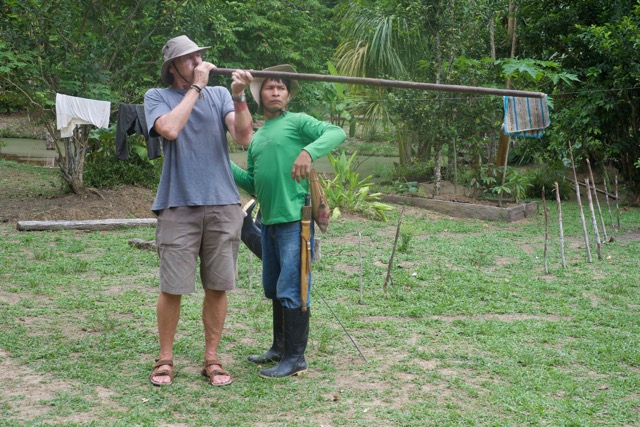  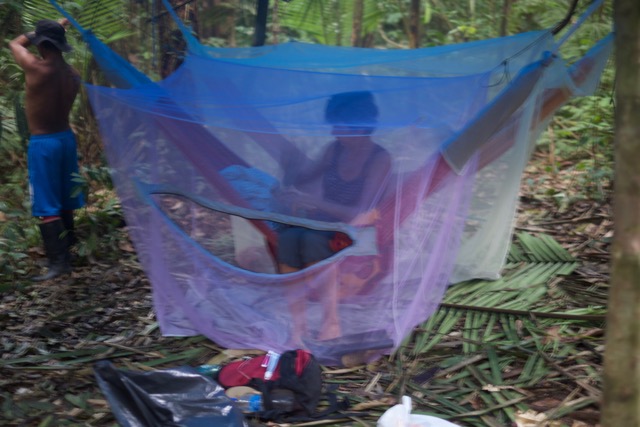 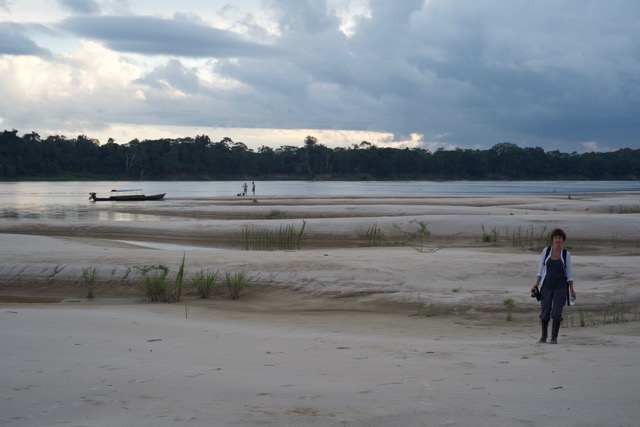  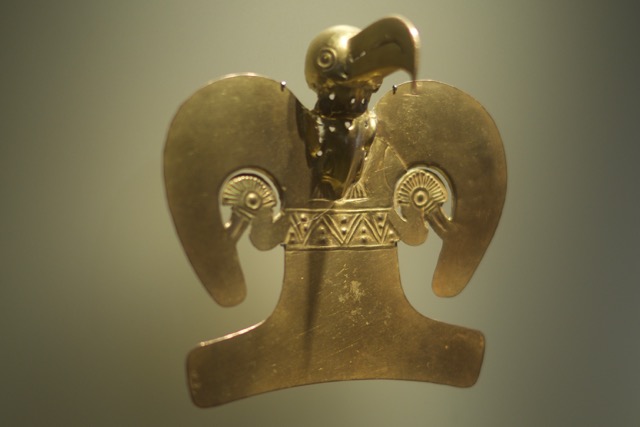  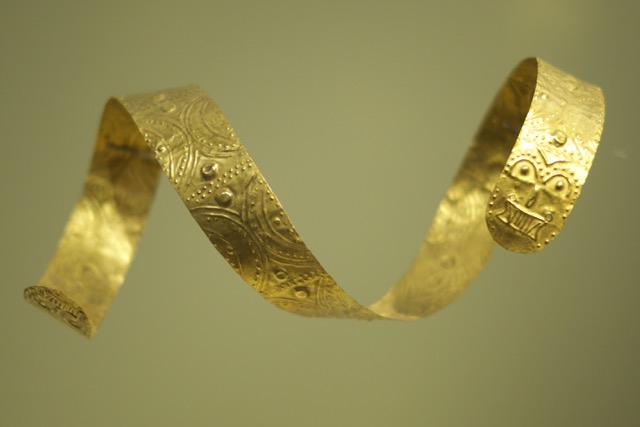  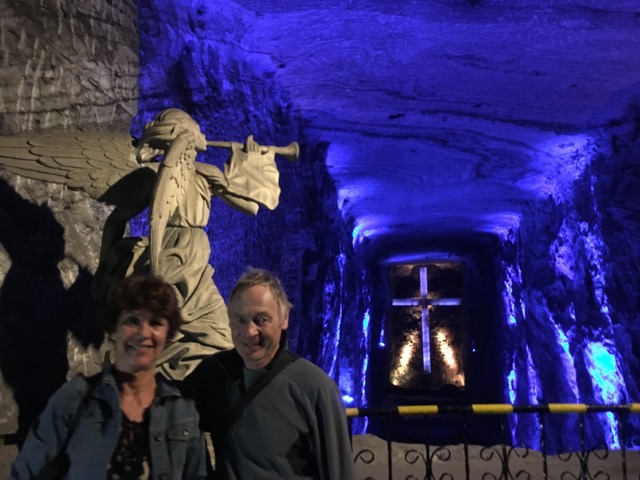     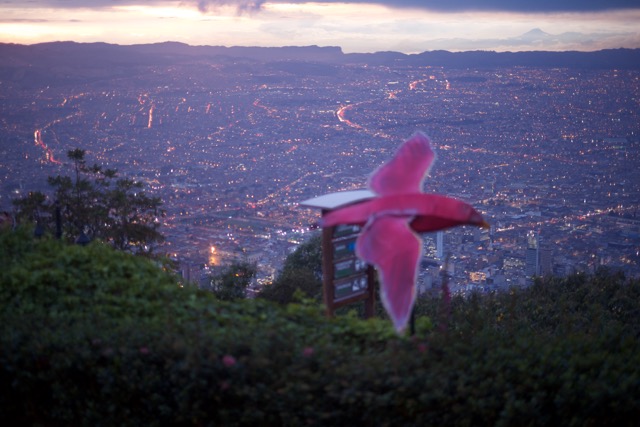 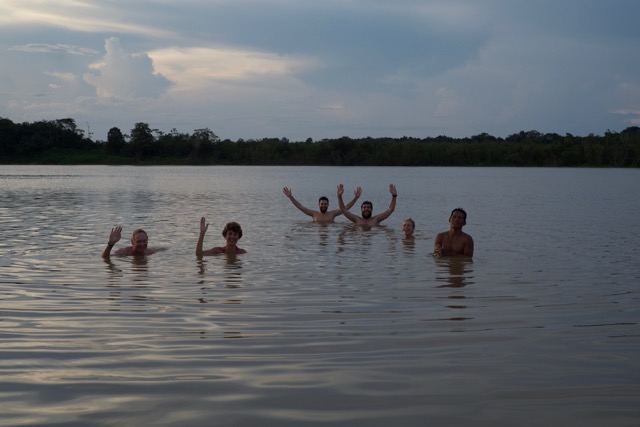 |